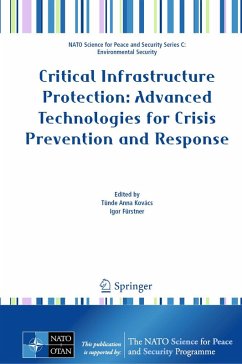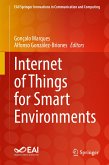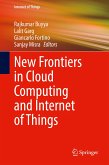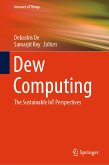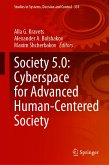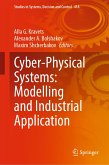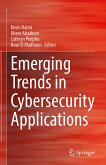Several chapters also delve into the human element of crisis management, highlighting the psychological and organizational challenges faced during emergencies. The book demonstrates how human decision-making, behaviour, and coordination play pivotal roles in the effectiveness of response efforts.
One of the emerging topics in critical infrastructure protection discussed in the book is using Unmanned Aerial Vehicles (UAVs) in firefighting and other accident-related crisis situations. This innovative technology is shown to enhance emergency response capabilities, offering new ways to monitor, assess, and manage crises from a distance.
Additionally, the research includes detailed analyses of ballistic and blast effects, offering insights into how these physical threats can impact infrastructure and how to mitigate their effects. The book combines cutting-edge research with practical insights, providing a comprehensive overview of the current trends and challenges in protecting critical infrastructures from a wide range of threats.
This book also addresses the evolving role of humans in modern warfare, particularly in the context of increasing reliance on artificial intelligence. As AI technologies reshape military strategies, they emphasize the need to balance automation with human oversight, ensuring that human security remains central to decision-making processes in complex and high-stakes environments.
Dieser Download kann aus rechtlichen Gründen nur mit Rechnungsadresse in A, B, BG, CY, CZ, D, DK, EW, E, FIN, F, GR, HR, H, IRL, I, LT, L, LR, M, NL, PL, P, R, S, SLO, SK ausgeliefert werden.

